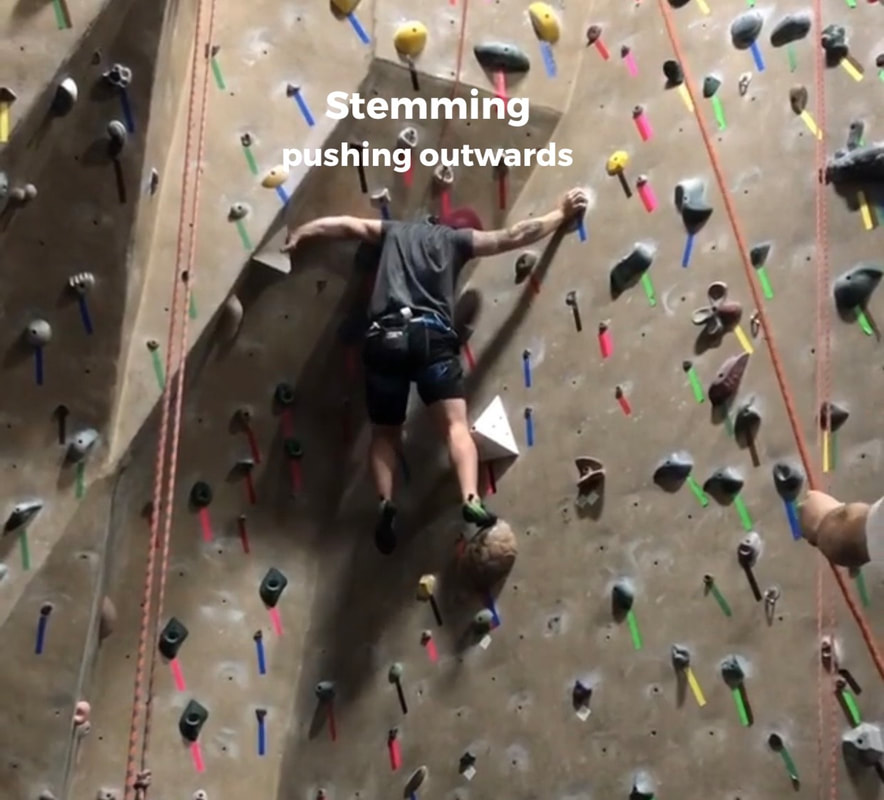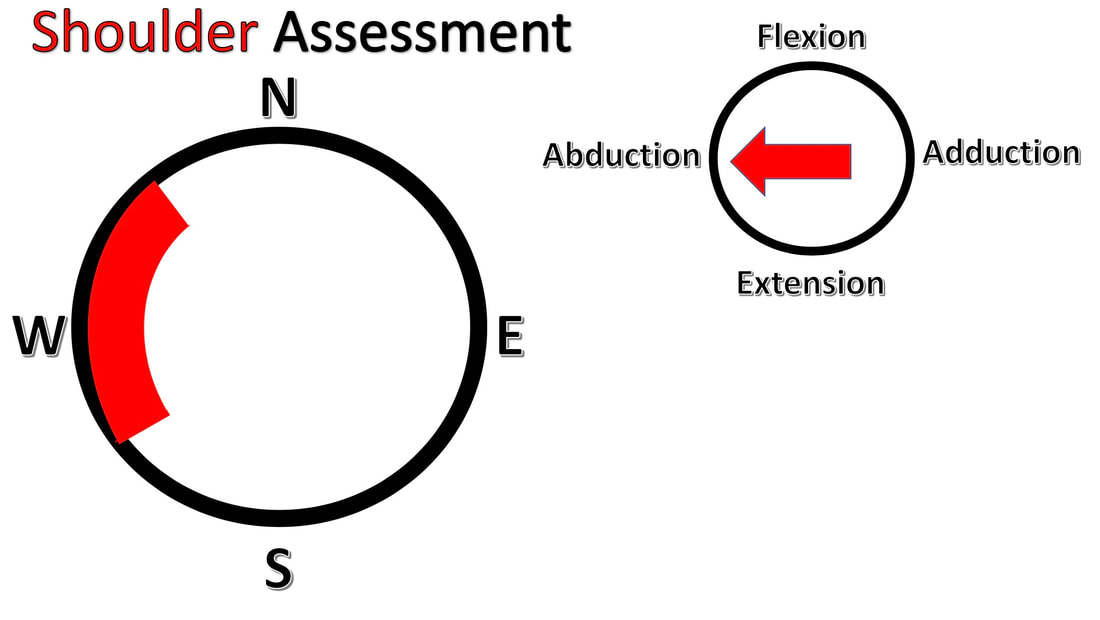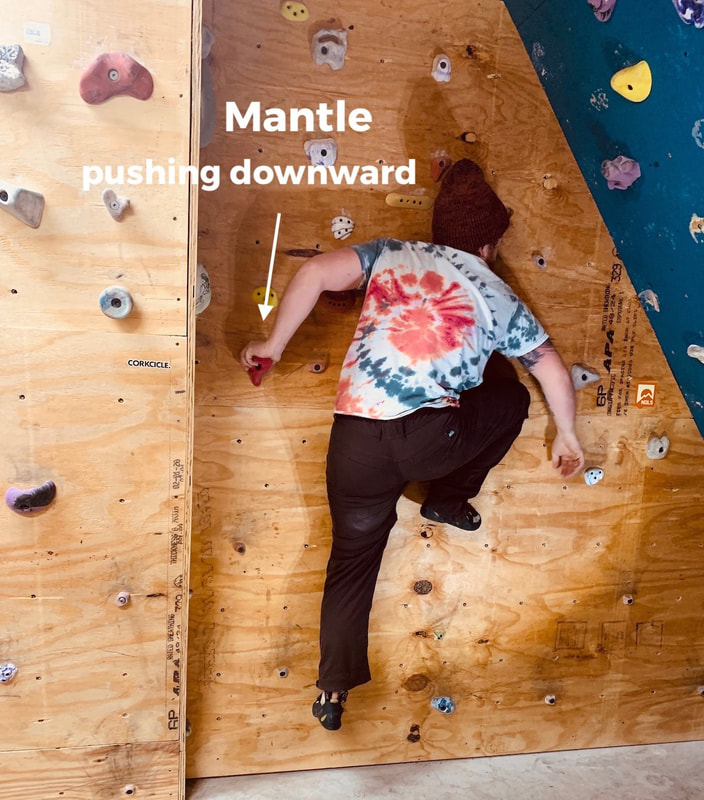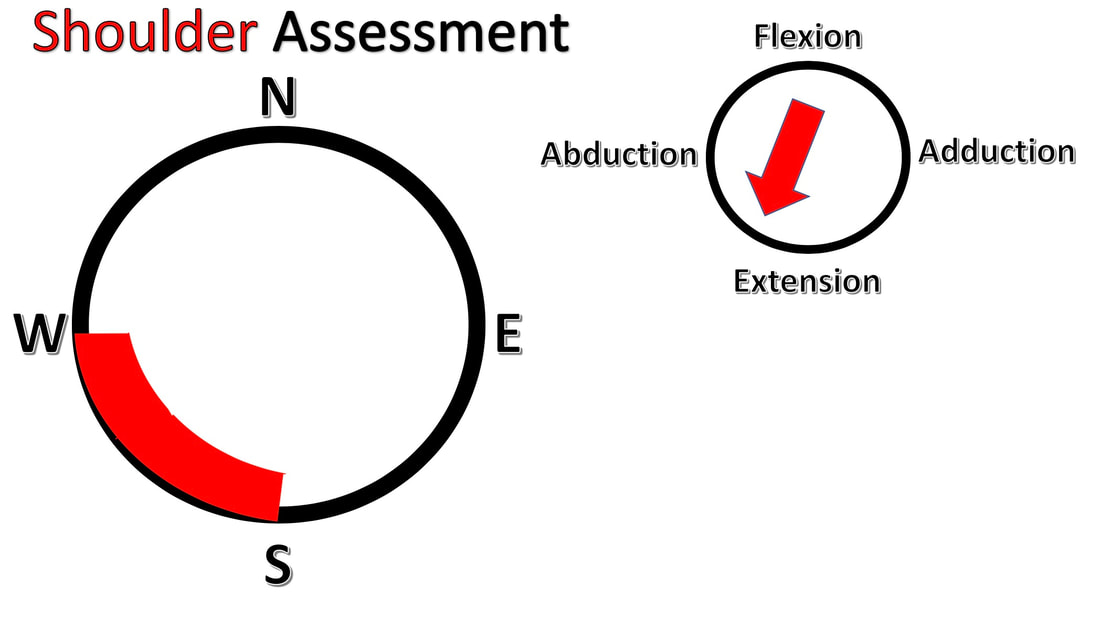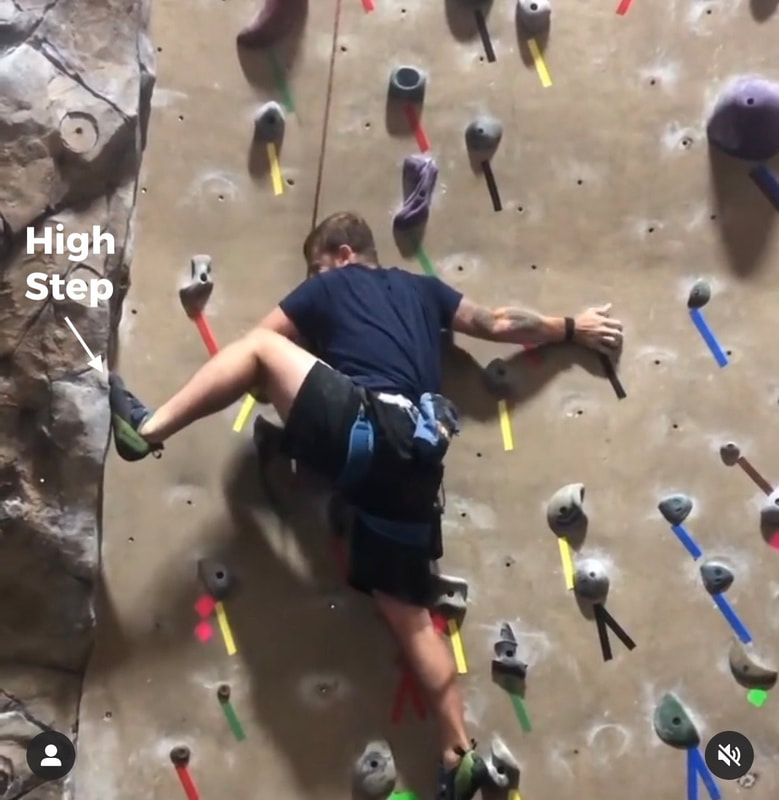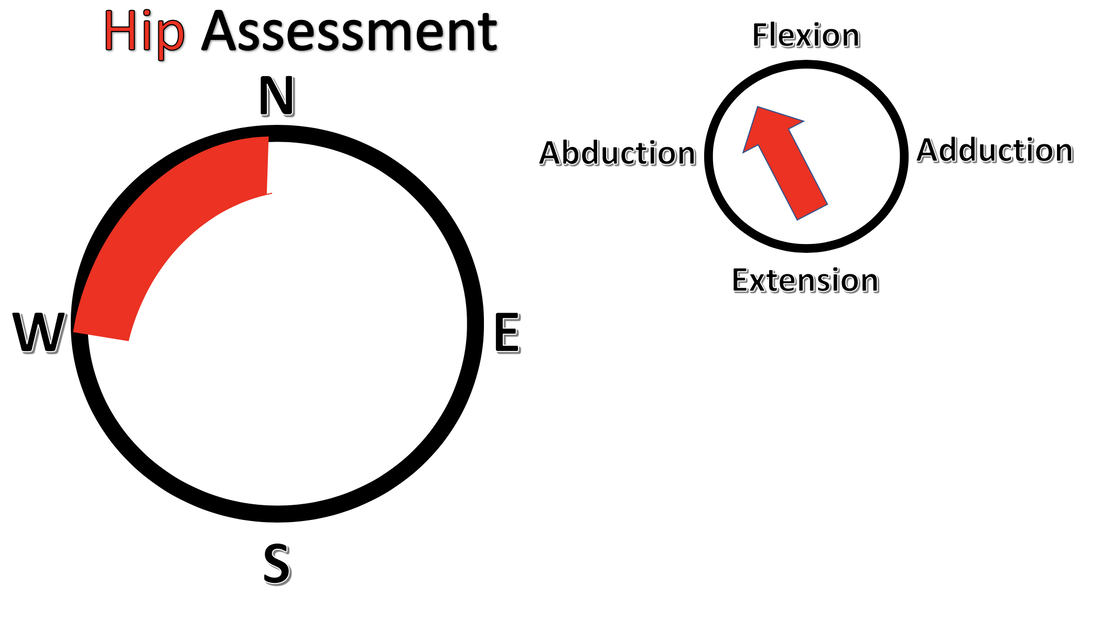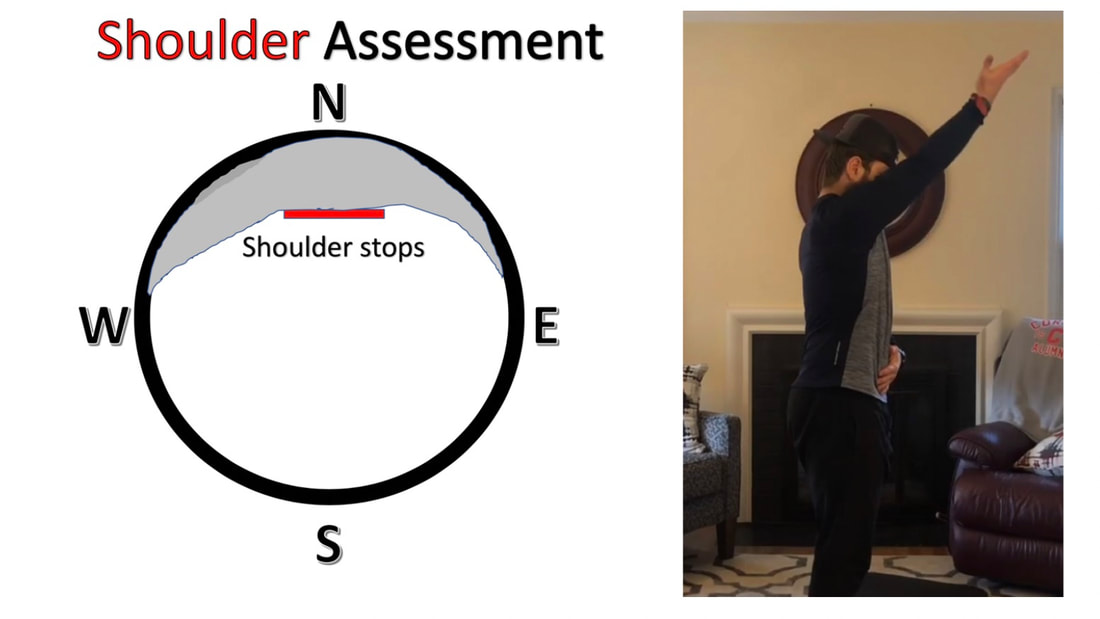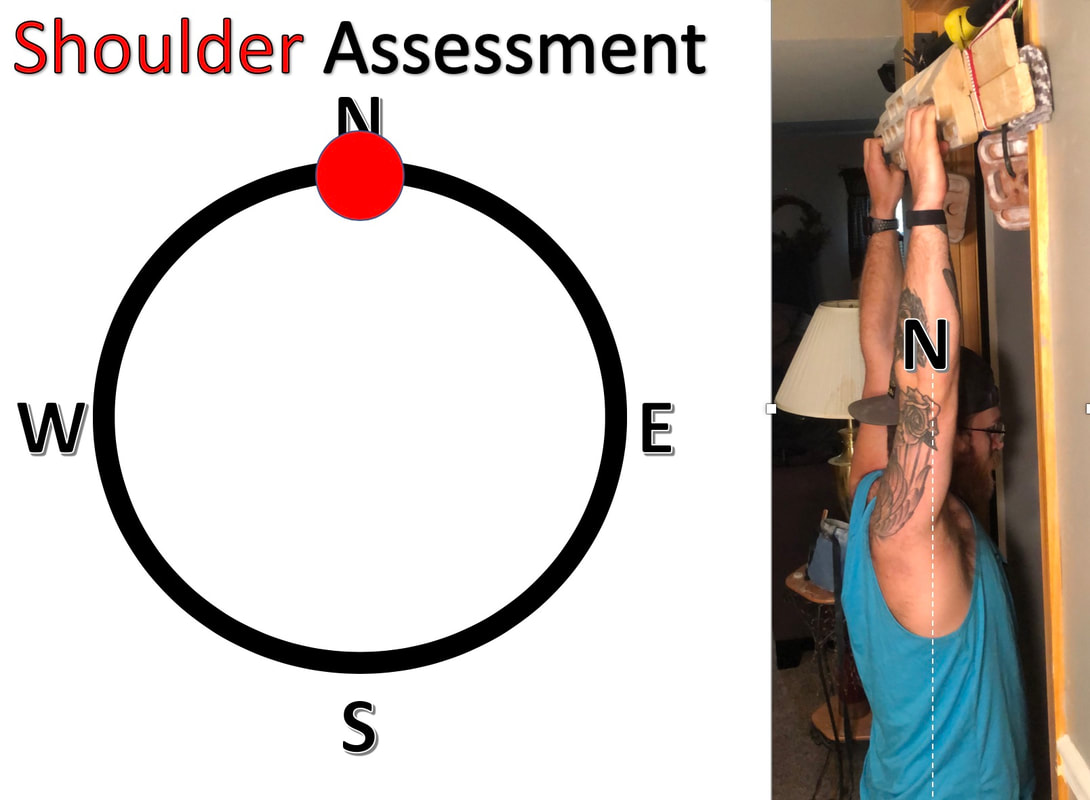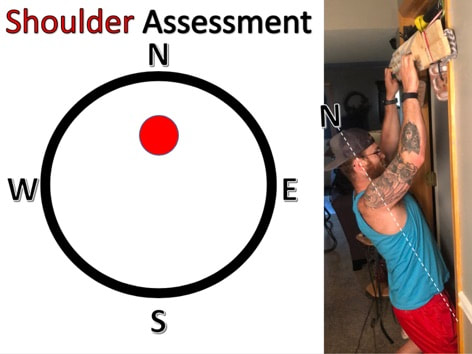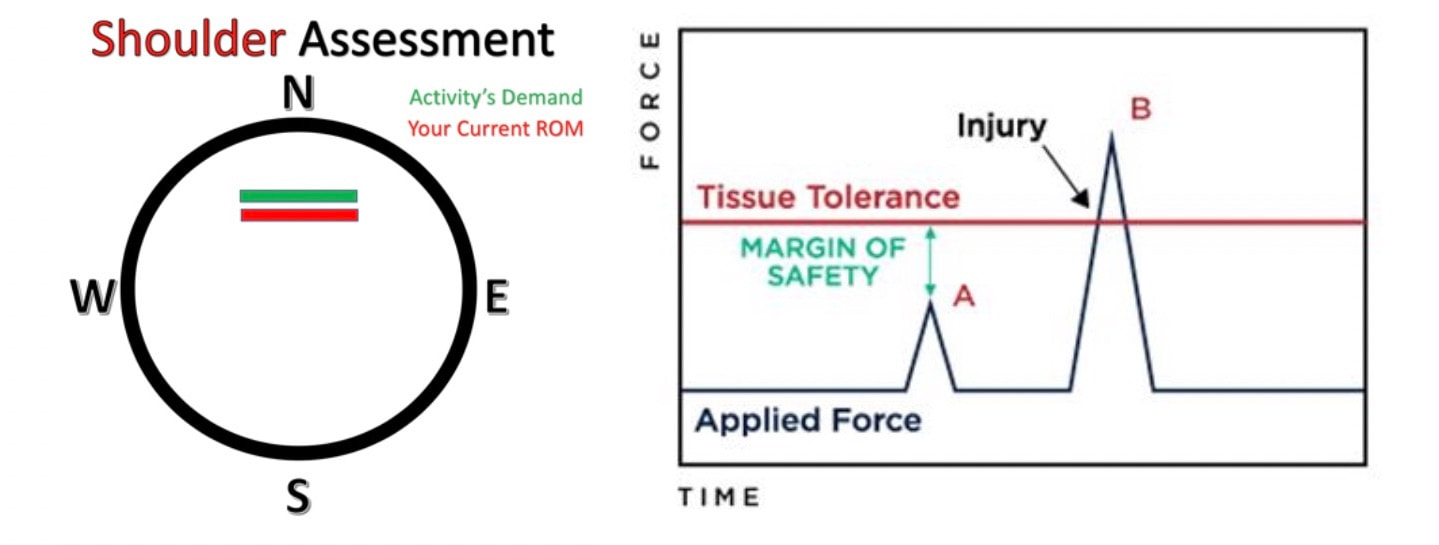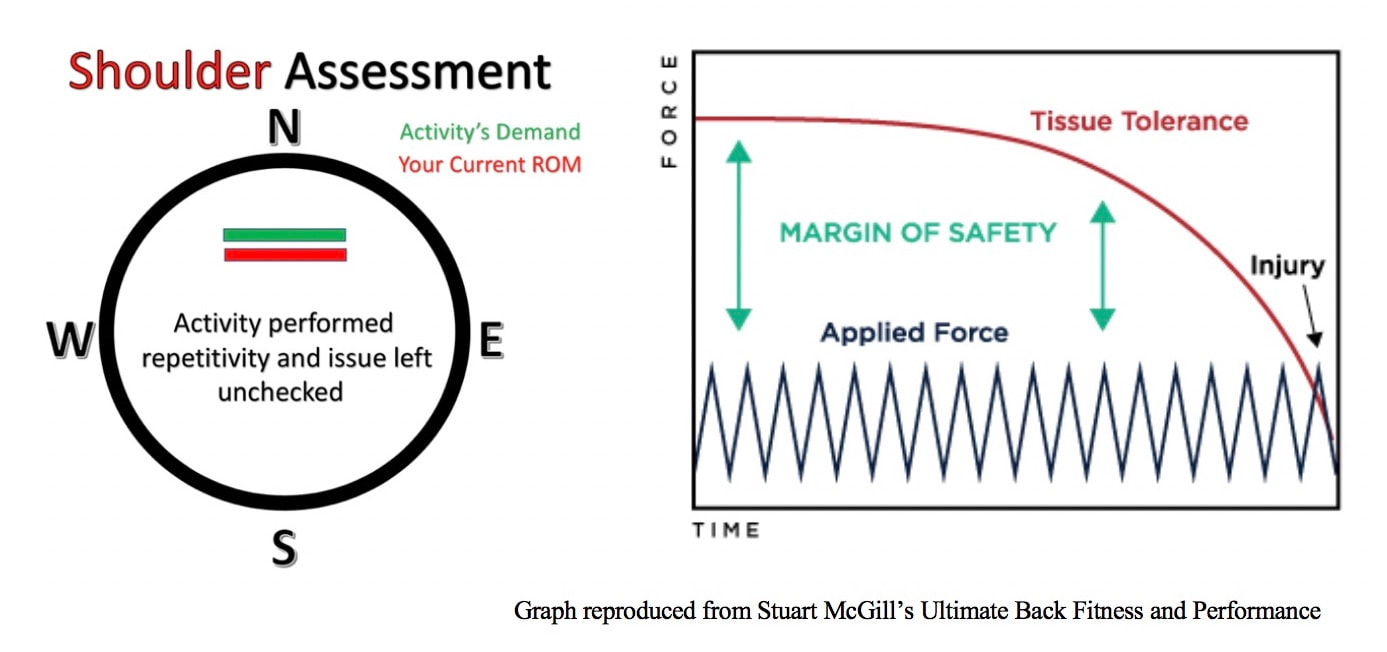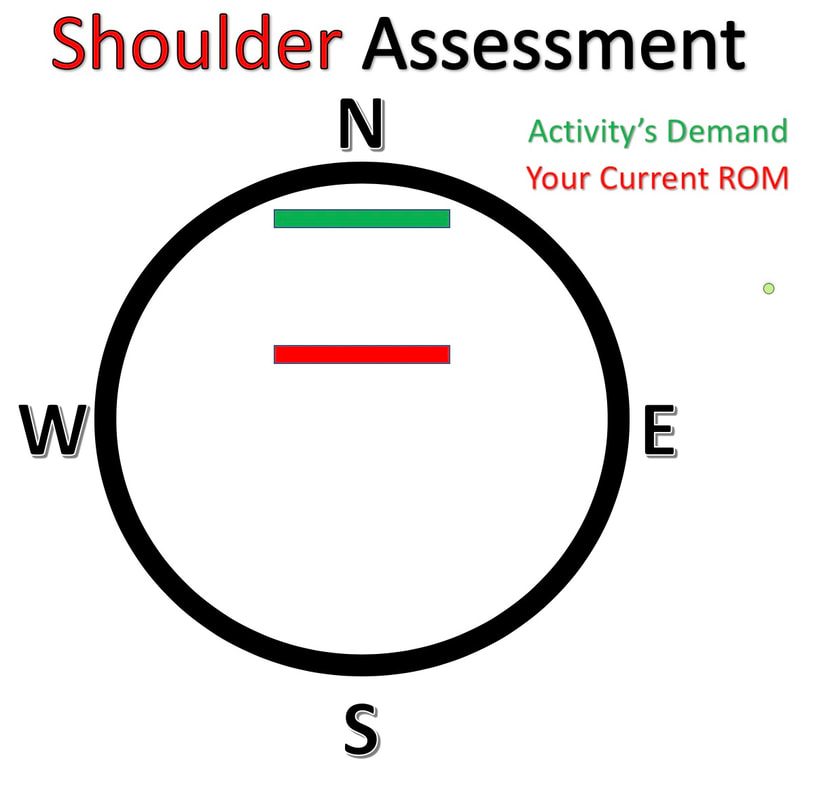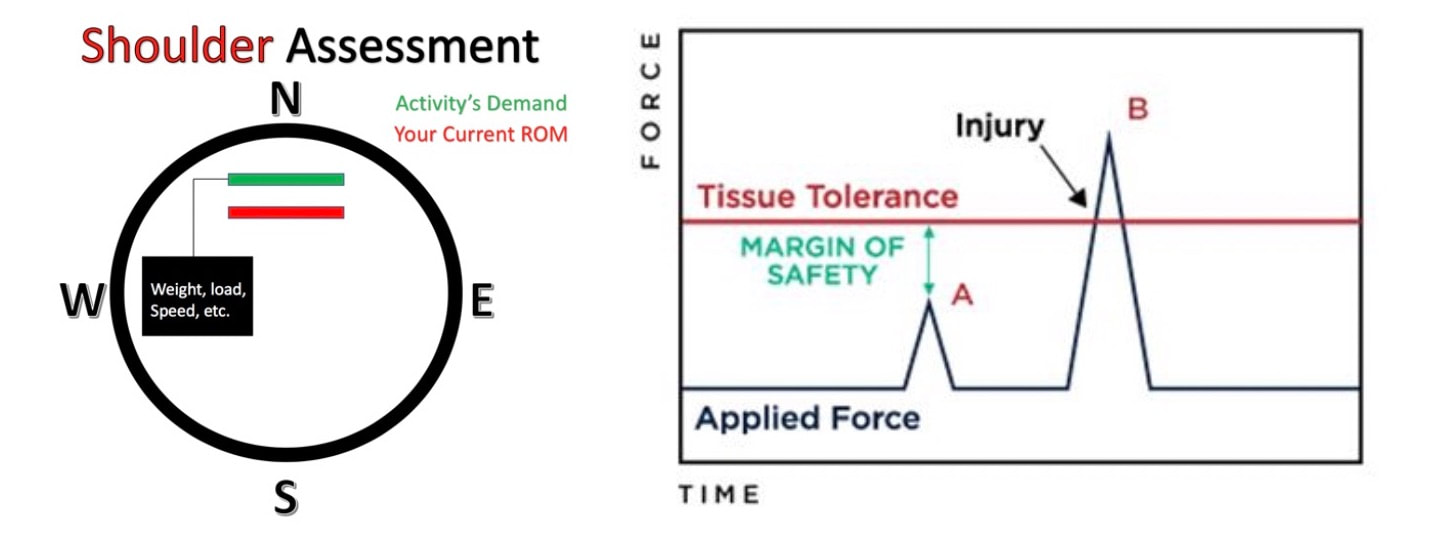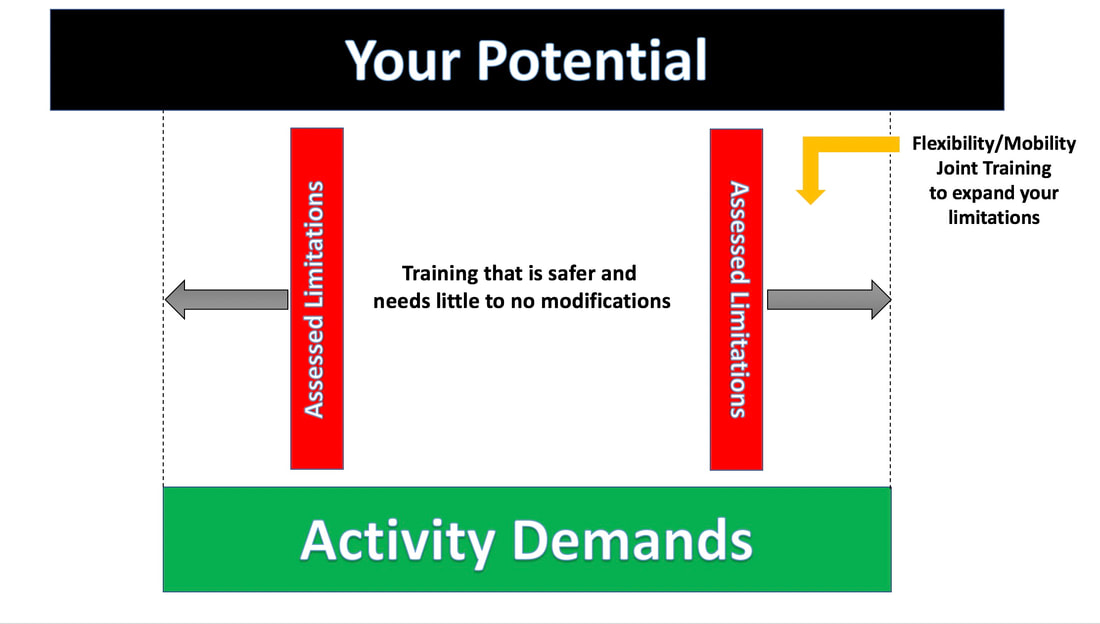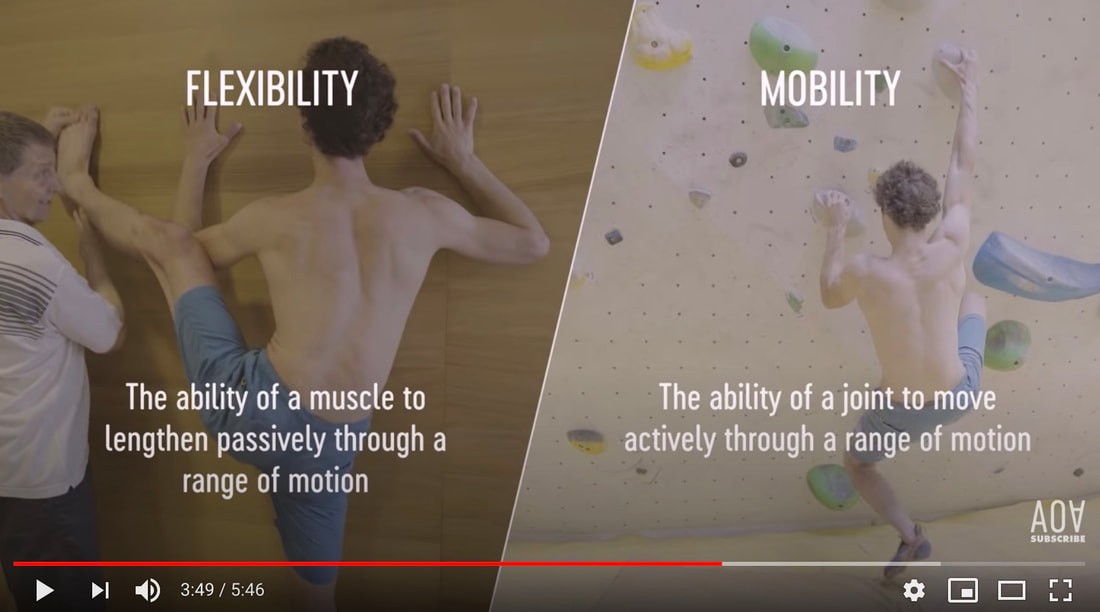If bolts are not tightened properly on a car, would you expect something to eventually go wrong if the problem was not addressed? Of course. Eventually something would start rattling, a warning light might come on and it would be advisable to take your car into the shop before a wheel falls off or some other tragic event occurs. It is even written into law that we intermittently inspect our cars to make sure they are safe to use. Uninspected cars are subject to penalty because of the threat they pose.
Frequently during our lives, our bodies show us check engine lights and things begin to rattle. It could be a wince of “random” pain or that nagging injury that just won’t go away…yet, many of us choose to ignore the warning light or write it off as “just part of the process” or “just part of being a climber.”
What if we just had to tighten the bolts that were the actual underlying cause of the stiffness, aches, and pains we consider normal? What if I told you that you have the ability to rewrite your “normal” and make improvements to your body and your health resulting in less of those things that get in the way of what we love to do most!
Injury cut my athletic career short in college. It is a song sung all too often. I know I am not alone with this experience and it is a shame, especially, since parts of the story could have easily been avoided. I went hard during training. I knew I was undersized and the underdog so I needed to put in more time and more effort in everything I did! Or, so I thought I did…
What I wish I could tell myself back then was that I was there to be a great baseball player and not a great lifter or exercise freak. I needed to tone it down and focus on having a healthy body capable of playing baseball well and being resilient to its injuries. That was all.
Now that I’ve fallen in love with rock climbing and all of the places it has taken me, the friends I have met along the way, and the emotional/physical/mental challenges it reintroduced into my life, I want to continue this for as long as I am meant to. Luckily, I know better now than I did in college and I am here to pass on that better understanding and advice to you. My hope is that you too can enjoy what you do for as long as you want, while also improving your performance.
Frequently during our lives, our bodies show us check engine lights and things begin to rattle. It could be a wince of “random” pain or that nagging injury that just won’t go away…yet, many of us choose to ignore the warning light or write it off as “just part of the process” or “just part of being a climber.”
What if we just had to tighten the bolts that were the actual underlying cause of the stiffness, aches, and pains we consider normal? What if I told you that you have the ability to rewrite your “normal” and make improvements to your body and your health resulting in less of those things that get in the way of what we love to do most!
Injury cut my athletic career short in college. It is a song sung all too often. I know I am not alone with this experience and it is a shame, especially, since parts of the story could have easily been avoided. I went hard during training. I knew I was undersized and the underdog so I needed to put in more time and more effort in everything I did! Or, so I thought I did…
What I wish I could tell myself back then was that I was there to be a great baseball player and not a great lifter or exercise freak. I needed to tone it down and focus on having a healthy body capable of playing baseball well and being resilient to its injuries. That was all.
Now that I’ve fallen in love with rock climbing and all of the places it has taken me, the friends I have met along the way, and the emotional/physical/mental challenges it reintroduced into my life, I want to continue this for as long as I am meant to. Luckily, I know better now than I did in college and I am here to pass on that better understanding and advice to you. My hope is that you too can enjoy what you do for as long as you want, while also improving your performance.
Assessing the Parts: The Inspection
Movement, whether just daily activity or climbing, is the sum expression of what our parts can put together in a coordinated fashion. Movement is a group project with many members. If these members are doing their jobs equally and well, the likelihood of a successful project increases. If one or more of the members doesn’t pull their weight, or leaves the group, others can pick up the slack.
But, for how long? How long until the stress is too much to handle and the whole project implodes…
“The straw that broke the camel’s back” is an expression that describes this situation and many musculoskeletal injuries, aches, and pains. In order to reduce the relative stress to the individual parts we must first identify the current status of the parts. We need to take our bodies in for an inspection (to continue the car analogy). We should do so intermittently as well.
Typically, this type of assessment is done with a personal trainer or physio-therapist because we look at:
The prerequisite of any movement is the range of motion in the individual parts that make up that movement. That’s why we start with flexibility and mobility, as the foundation for activity.
The ability to use a high foothold, depends on the range of motion that the toes + ankle + knee + hip + spine can provide. The more independence, or individual range, each part can contribute to the whole movement, the more successfully that movement becomes. If one part is immobile, each part must work harder to accommodate the lack of help from the immobile part. For example, if a hip doesn’t work, the spine and knees have to work harder.
How can we assess our parts?
A very simple place to start is by looking at their total, isolated movement. Below is a video of what a shoulder assessment looks like.
But, for how long? How long until the stress is too much to handle and the whole project implodes…
“The straw that broke the camel’s back” is an expression that describes this situation and many musculoskeletal injuries, aches, and pains. In order to reduce the relative stress to the individual parts we must first identify the current status of the parts. We need to take our bodies in for an inspection (to continue the car analogy). We should do so intermittently as well.
Typically, this type of assessment is done with a personal trainer or physio-therapist because we look at:
- What is the condition of YOUR PARTS? What are they capable of? What can’t they do?
- Then, we analyze the demands of your activity relative to what your parts are capable of. What is characteristic of rock climbing? What moves, body positions, physical demands, occur when rock climbing?
- Finally, we have to compare where you are (the current condition of your parts) and where you need to go (the physical characteristics of rock climbing) and create a plan to close any gaps found during the assessment.
The prerequisite of any movement is the range of motion in the individual parts that make up that movement. That’s why we start with flexibility and mobility, as the foundation for activity.
The ability to use a high foothold, depends on the range of motion that the toes + ankle + knee + hip + spine can provide. The more independence, or individual range, each part can contribute to the whole movement, the more successfully that movement becomes. If one part is immobile, each part must work harder to accommodate the lack of help from the immobile part. For example, if a hip doesn’t work, the spine and knees have to work harder.
How can we assess our parts?
A very simple place to start is by looking at their total, isolated movement. Below is a video of what a shoulder assessment looks like.
This movement is termed a “CAR”, an acronym for “Controlled Articular Rotation”, from my Functional Range Systems education. In this video, I am taking my shoulder through its entire range of motion and graphing it visually as a compass. This compass allows me to see my shoulder via four significant points and every point in-between. Using this graphing technique, I can easily compare the range of motion in my shoulder to where I need it to be to do my activities safely and effectively. I do this for every joint in my body.
An assessment is always best performed by a professional. They have the knowledge of the body, the normal ranges of motion and can ask you the necessary questions to prepare the best training plan for you. However, understanding the principles below will help you navigate any training or any activity to make it more tailored towards you.
An assessment is always best performed by a professional. They have the knowledge of the body, the normal ranges of motion and can ask you the necessary questions to prepare the best training plan for you. However, understanding the principles below will help you navigate any training or any activity to make it more tailored towards you.
Everyone will have a different looking compass, even when the joints are very healthy and mobile, because there are structures like bone that we will never be able to influence to give us more range of motion. Therefore, to be unique is to be human!
Understanding the Demands of your Environment
What is most important is to identify any gaps between joint compasses and the compasses of the activity’s demands. Below we can look at what compasses some common climbing moves create. The red area is the range of motion needed of the main joint involved to perform the moves.
STEMMING
STEMMING
MANTLING
HIGH FEET
As we can see from above, if your range of motion compasses are matching up nicely with the range of motion demand compasses of the moves, things will tend to go well. But, what happens when we don’t have the prerequisites to perform the moves well?
The body is a master compensator! It’s part of what defines us as such adaptable humans. Not all compensations are “bad.” In fact, I’ll say there are no such things as “good” or “bad”, just a lack of preparedness for an event or series of events. What we need to understand is the “cost of compensation.” Some compensations won’t hurt at all, while some could lead to possible injury.
Let’s take a look at a shoulder compass with limited range of motion. This limitation occurs primarily around “North.” The deeper we move into the dark zone, the higher the cost. Also, the more intense the challenge or load on the body, the higher the cost. But, low cost scenarios can add up over time as they slowly lower our resiliency to the challenge if left unchecked. It’s the “straw that broke the camel’s back” scenario.
The body is a master compensator! It’s part of what defines us as such adaptable humans. Not all compensations are “bad.” In fact, I’ll say there are no such things as “good” or “bad”, just a lack of preparedness for an event or series of events. What we need to understand is the “cost of compensation.” Some compensations won’t hurt at all, while some could lead to possible injury.
Let’s take a look at a shoulder compass with limited range of motion. This limitation occurs primarily around “North.” The deeper we move into the dark zone, the higher the cost. Also, the more intense the challenge or load on the body, the higher the cost. But, low cost scenarios can add up over time as they slowly lower our resiliency to the challenge if left unchecked. It’s the “straw that broke the camel’s back” scenario.
Let’s see what demands certain positions on a hangboard require.
Someone with limited “North” who deadhangs, does so with more cost than someone with lots of “North”.
How much cost? Let’s look at examples:
Low Cost:
The demand is just outside of the individual’s capability. Injury can still occur in a low cost environment, the activity would just have to exceed the body’s preparedness. This is shown below. The “Applied Force” is the activity you are doing. The “Tissue Tolerance” is the body’s preparedness to handle the activity. Injury occurs when the activity is greater than the preparedness.
The demand is just outside of the individual’s capability. Injury can still occur in a low cost environment, the activity would just have to exceed the body’s preparedness. This is shown below. The “Applied Force” is the activity you are doing. The “Tissue Tolerance” is the body’s preparedness to handle the activity. Injury occurs when the activity is greater than the preparedness.
Low Cost eventually becoming High Cost:
The demand is just outside of the individual’s capability but the act is repeated many times over the course of time to the point the “low cost” relatively increases to a high cost because the limitation was left unchecked and the resiliency was slowly degraded. This is illustrated in the image to the right of the compass.
The “Applied Force” is the activity you are doing. The “Tissue Tolerance” is the body’s preparedness to handle the activity. The gap between the two is the ability to do it safely. As you can see, even under original safe circumstances, injury can arise if activity is repetitive without recovery or training intervention allowing the tissue tolerance to return to normal or “prepared.”
High Cost:
The demand is very far away from the individual’s capability.
OR
The demand isn’t “far” outside of the individual’s capability but the intensity has greatly increased with the external weight, speed, demand, etc. (The external load needed for a scenario like this is relative to the individual, whereas someone’s body weight might even be “too much”). Here, the “Applied Force” increases with the increase in speed, external weight, or overall demand.
Low Cost to the immediate joint and High Cost to adjacent joint(s):
The back bends backwards (“North”) to adjust for the shoulder’s limitation. The back, however, may also be limited in “North.” At this point, the back would also fall into the possible aforementioned scenarios. In this example, a back injury might occur, even though the origin of the issue is the shoulder.
|
|
|
Creating a Training Plan
You have assessed yourself (or better yet, sought out an assessment from a professional) and understand what your body objectively can and cannot do. You have studied your environment, physical activity or sport, and better understand what it will demand from your body to complete the task successfully and safely. Now what?
Your assessment has provided you with parameters for which to train inside. This is the location where you can be confident that the risk is very low for what you are doing. The topic of this article has been range of motion, but parameters for strength, endurance, speed, etc. can also be assessed and set.
If there is a gap between your range and the demands of your activity, you may continue to train within your range, but now you have to also prioritize expanding your limitations simultaneously. Your goal is to get your limitations as close to the demands as possible.
Your assessment has provided you with parameters for which to train inside. This is the location where you can be confident that the risk is very low for what you are doing. The topic of this article has been range of motion, but parameters for strength, endurance, speed, etc. can also be assessed and set.
If there is a gap between your range and the demands of your activity, you may continue to train within your range, but now you have to also prioritize expanding your limitations simultaneously. Your goal is to get your limitations as close to the demands as possible.
Having a goal of a perfect 1:1 (limitation:demand) match is improbable and impractical. There are too many variables to consider and there are things that go into the equation that we cannot control like genetics, unchangeable structures like bone, etc. But, there are things that we can control and we should focus all of our efforts towards those things.
Many things influence range of motion, including stress, nutrition, genetics, injury, etc. The foundational principle I want to leave you with is that the range of motion needs to be USABLE.
USABLE range of motion is a range of motion that you can control actively and that has the necessary strength characteristics to handle the demands to complete your activity successfully and safely. Think about a climbing move that puts you into an unfamiliar position or where your body is physically stretched out to its max. Generally, the muscles are much weaker in this position, unless they have been trained. In an untrained body, an unfamiliar or max-stretch move is in unusable range of motion and may induce injury.
In this world you will run into 1000 different definitions for flexibility, mobility, stability, agility, movement, blah blah blah…But, the two I want you to focus on are Flexibility and Mobility and I would like you to remember the definition that Adam Ondra gives:
FLEXIBILITY: Is the ability of a muscle to lengthen passively through a range of motion.
MOBILITY: Is the ability of a joint to move actively through a range of motion.
Many things influence range of motion, including stress, nutrition, genetics, injury, etc. The foundational principle I want to leave you with is that the range of motion needs to be USABLE.
USABLE range of motion is a range of motion that you can control actively and that has the necessary strength characteristics to handle the demands to complete your activity successfully and safely. Think about a climbing move that puts you into an unfamiliar position or where your body is physically stretched out to its max. Generally, the muscles are much weaker in this position, unless they have been trained. In an untrained body, an unfamiliar or max-stretch move is in unusable range of motion and may induce injury.
In this world you will run into 1000 different definitions for flexibility, mobility, stability, agility, movement, blah blah blah…But, the two I want you to focus on are Flexibility and Mobility and I would like you to remember the definition that Adam Ondra gives:
FLEXIBILITY: Is the ability of a muscle to lengthen passively through a range of motion.
MOBILITY: Is the ability of a joint to move actively through a range of motion.
|
Video length: 5:46 - This provides excellent examples of how (a) an individual's body must be worked with in a specific training plan (i.e. Adam has flat feet and must learn to engage his ankles differently to do a toe hook), (b) illustrates the difference between flexibility and mobility, and (c) emphasizes active versus passive stretching.
|
Another way to think about this is:
Flexibility: Is the potential of what a joint could do. It is seen with the assistance of another human or another object like the floor during a split.
Mobility: Is what YOU can do with your body. It is the combination of control, strength, to perform a task successfully. And, I’ll add in there “safely”…
While flexibility is the pre-requisite and sets a natural outer boundary for where we can head, mobility (again where we can actively control our muscle) is really the framework within which physical activity occurs. Safe strength training must align with your own personal mobility framework. Working within that framework, and strategically at its borders, will increase your strength and usable range of motion.
Understanding this relationship between our own range of motion, strength, and activity demand, is important to both building strength and preventing injury. The availability of body-specific workout routines (especially now with COVID and training indoors to keep us prepared for getting out and climbing again) is a great resource, but if we don’t understand our own range of motion and its limitations, a one-size-fits all workout can result in injury.
Recall the illustrations above and be aware that an online workout routine might push you beyond your current range of motion.
With the principles in this article, you can better tailor any workout routine to meet you where you are at for effective and safe training.
Flexibility: Is the potential of what a joint could do. It is seen with the assistance of another human or another object like the floor during a split.
Mobility: Is what YOU can do with your body. It is the combination of control, strength, to perform a task successfully. And, I’ll add in there “safely”…
While flexibility is the pre-requisite and sets a natural outer boundary for where we can head, mobility (again where we can actively control our muscle) is really the framework within which physical activity occurs. Safe strength training must align with your own personal mobility framework. Working within that framework, and strategically at its borders, will increase your strength and usable range of motion.
Understanding this relationship between our own range of motion, strength, and activity demand, is important to both building strength and preventing injury. The availability of body-specific workout routines (especially now with COVID and training indoors to keep us prepared for getting out and climbing again) is a great resource, but if we don’t understand our own range of motion and its limitations, a one-size-fits all workout can result in injury.
Recall the illustrations above and be aware that an online workout routine might push you beyond your current range of motion.
With the principles in this article, you can better tailor any workout routine to meet you where you are at for effective and safe training.

